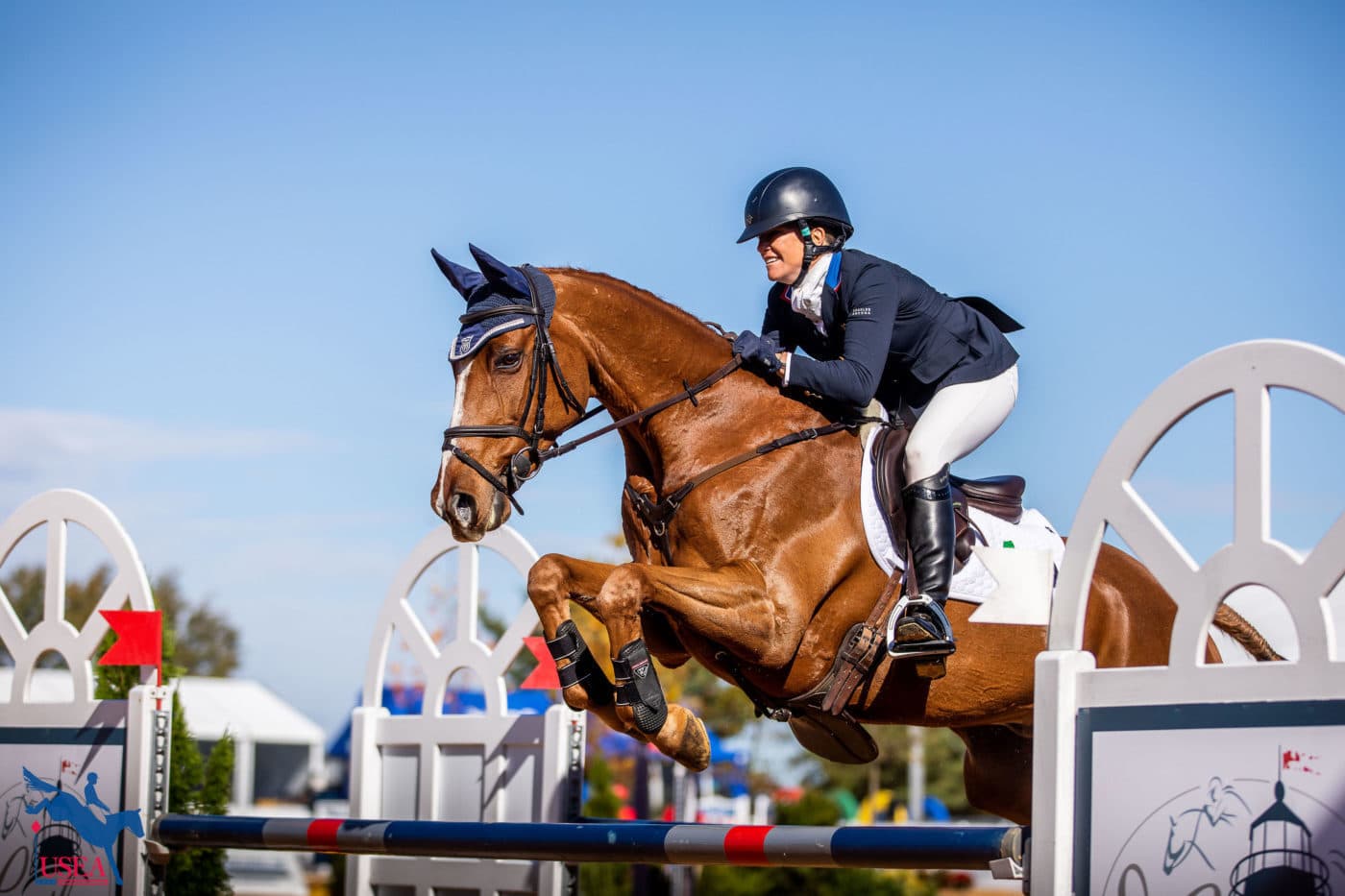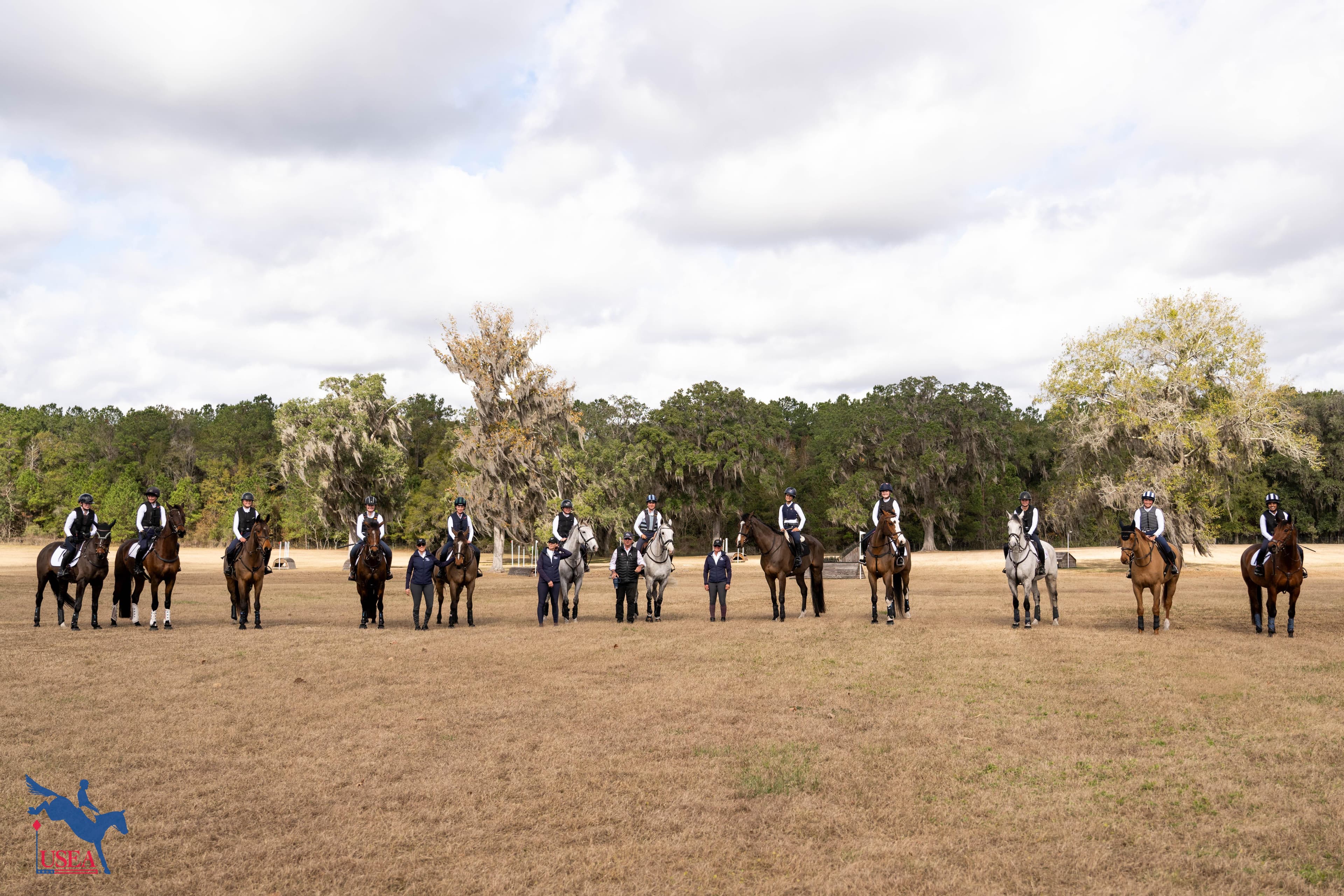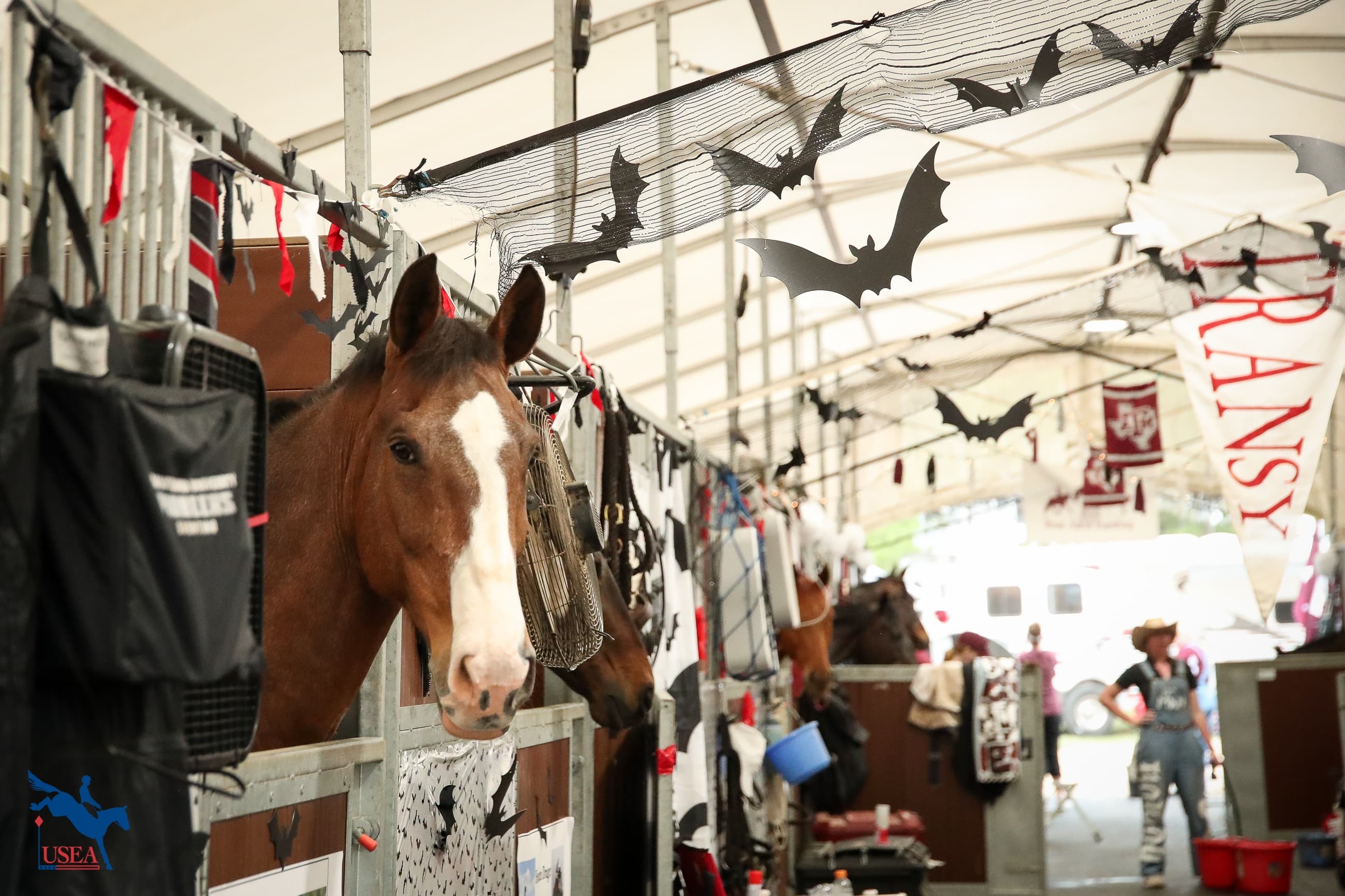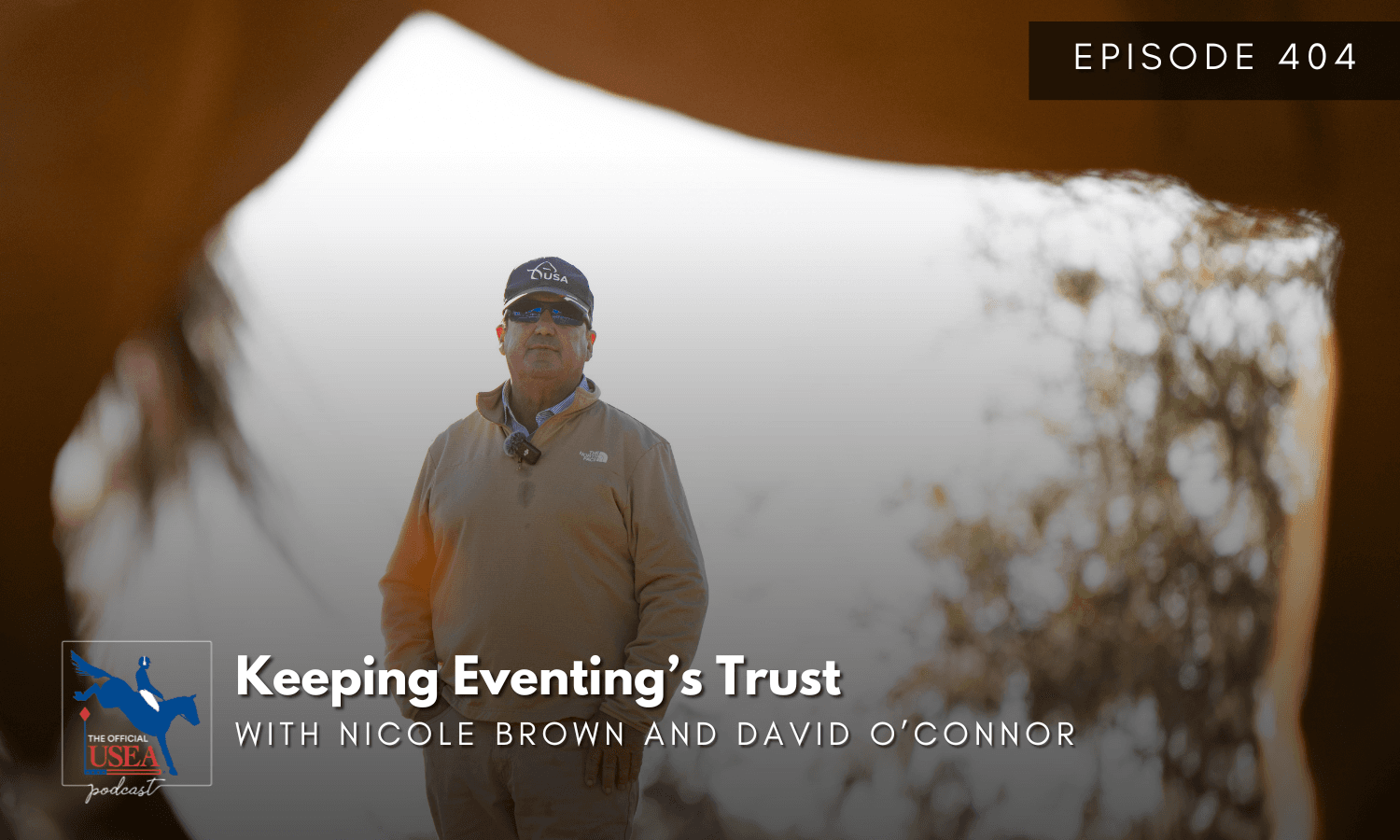Warming Up with Allie Knowles

The warm-up ring is often the busiest and sometimes most nerve-wracking area of any given competition.
With riders and horses of all levels sharing the same – often cramped – space, it can appear as either a finely-orchestrated, balletic ensemble or a chaotic, three-ring circus designed to jangle the tight nerves of a novice competitor. While the warm-up is an essential part of every ride, its techniques can be difficult to master as they can vary greatly, depending on the needs of each individual horse.
Five-star rider Allie Knowles has horses of various ages, breeds, and capabilities in her program, and she knows a thing or two about designing an effective warmup. She was kind enough to share some insights on maximizing this critical element of a ride.
“I’m big on flatwork,” Knowles says. “I’m a real dressage queen that way. It doesn’t matter what phase I’m warming up for. It’s all the same basic flatwork in the beginning. I want to get them riding well enough that they could do a dressage test.”
With this rule of thumb in mind, Knowles focuses on adapting the flatwork to the needs of each individual horse she rides.
“I actually do try to develop a warm-up for each horse, and every horse is different. It depends on the horse, and I really try to do what’s best for them. Some I start with long and low and some I end with long and low. Some horses already struggle with being too much on the forehand so I won’t let them stretch too often. At the same time, if they’re not able to hold their balance up the whole time – which is often the case when they’re young - you need to let their neck down.”
As an example of a younger horse’s warm-up routine, Knowles discusses her ride on her six-year-old Thoroughbred gelding, Boo Radley, who is currently competing at the two-star level.
“He is off the track so he tends to be a bit tighter, and his flatwork at the beginning is a lot more about movements – doing leg yields, transitions, really moving him around and going through all the paces that I’m going to have to do in a dressage test. I want to make sure he knows and remembers what we’re doing and that he’s moved his body through those movements because he doesn’t have that base of strength and support that my 15-year-old does that’s been going Advanced for several years.”
On the other end of the spectrum, Knowles talks about Morswood, her seasoned Irish Sport Horse gelding with whom she recently finished in 8th place at the Maryland CCI5*-L at Fair Hill.
“He is trained, trained, trained,” Knowles says of Morswood. “He knows what he’s supposed to be doing so I don’t typically do a ton of dressage movements before dressage. I might do one flying change each way but the basics for him include getting him in the right contact. So I will go around the arena or around the rail in one direction, changing nothing until I can keep the contact the exact same on both sides, going in either direction or either lead but just going essentially straight. Then once I have that, then I’ll bend and add counter-canter and more technical things.”
For Morswood, flatwork is also critical as a warmup for a successful jump round.
“He’s weaker in the back,” Knowles shares. “That is what he has struggled with in the past. It just means I have to have him more formed up on the flat to make sure that he’s really using his whole body.” For an experienced horse like Morswood, Knowles limits the number of jumps in her warmup. “Typically for show jumping, even at a five-star, I jump maybe six fences maximum but normally four or five. We practice a few jumps to make sure our eye is locked in together but we don’t need to teach him to jump. He knows how to do that.”
In contrast, a younger, more inexperienced horses like Boo Radley might need more practice in the warm-up.
“He knows how to jump a jump, but his technique is not as secure. He is still developing his jump style, so in the warm-up, I would tend to jump a lot more jumps on him to make sure that all the aids are firing the same way and that he feels comfortable in his shape over a small fence and then build it up.”
Becoming attuned to the warm-up needs of individual horses and understanding how to meet each horse where they are at takes time, practice, and the experience of sitting on multiple horses. Sometimes, says Knowles, this can be a process of learning from mistakes made at the start of a career:
“When you are just starting, you just want to ride so many and then you start riding one like you are riding the other because you didn’t really take the time [to consider] they need a different ride.”
The process of focusing on and remaining mindful of the needs of every horse from the warm-up onward can also help riders quiet their own minds at the start of a ride and prepare them to perform with their strongest mental game. “If I switch horses a lot, I have to take a second in between to consider, ‘Who am I riding and what do they need?’” says Knowles of her process.
Some of the questions Knowles suggests asking of horses in the warm-up to assess their needs include making sure the horse can move off of both legs and can access all of their gears:
“Maybe you’ll find out they couldn’t move left as easily as they moved right. Well, then that tells you that you need to spend a bit more time on the right bend, moving left. Go through that checklist to make sure that the horse is moving, and you’ll find out if it’s struggling at one place or it’s anxious and you need more time to walk. And the same thing with jumping. I will make myself jump fast, jump slow - jump off the right and left turns. Make sure you can go through all the paces because in cross-country that’s what you’re going to have to do.
You should go through all the gears, make sure that you really have them in front of your leg and that you really have the ability to slow down. And that you could do all of those things so that when you go out on cross country, you’re not wondering, ‘Can I go slower? Can I go faster?’ I tell my students that they’re going to be a lot better off, for the most part, doing a little bit more in the warm-up than a little bit less.”
At the end of the day, whether warming up for a competition or for a ride at home, the goal is the same.
“I want them to be relaxed and comfortable in their own skin wherever they are in their warm-up,” Knowles emphasizes.
“Because that’s what makes a rideable, quiet horse.”














